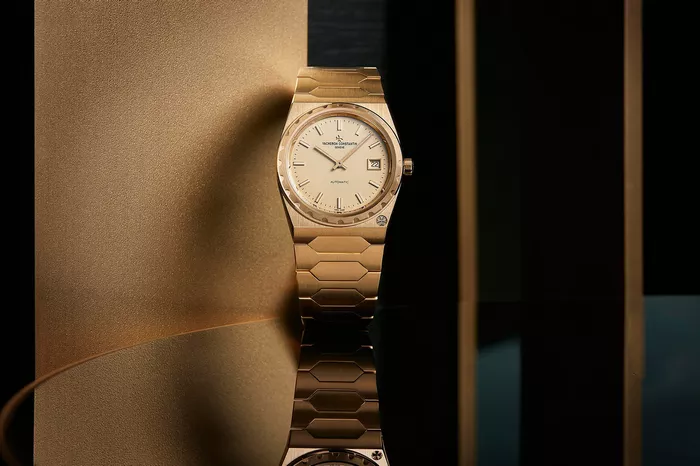In recent years, luxury watchmakers like Vacheron Constantin, Omega, and Breitling have dabbled in blockchain-based solutions to track and authenticate watches. However, many of these initiatives seem to have lost momentum, leaving the challenge of reliably identifying fake watches and tracking ownership unresolved. Now, Rolex, one of the most counterfeited and traded watch brands globally, appears to be pushing forward with a solution.
Rolex has filed a patent application with the World Intellectual Property Organization (WIPO) outlining a system designed to protect watches using blockchain and NFT (Non-Fungible Token) technology. The patent describes a system that integrates an NFT chip and smartphone app to store data about a watch and its owner, providing enhanced security and traceability.
Rolex’s Patent: A Modernized Watch Authentication System
The patent suggests Rolex is aiming to solve the outdated and insecure methods currently used for tracking watches and communicating between retailers and customers. When a watch is brought in for maintenance, customers typically rely on emails, faxes, or phone calls—methods that Rolex acknowledges are no longer secure enough to protect personal data.
The proposed solution introduces a “Watch Certificate” system, similar to other blockchain-based systems used in the industry, but with additional layers of security. Retailers and customers would be able to scan a card-based chip, similar to a warranty card, to access detailed information about the watch. This data—covering the watch’s authenticity, service history, and ownership—would be securely stored on an incorruptible blockchain.
How the Rolex Watch Certificate Works
According to the patent, the system would use either a QR code or NFC (Near Field Communication) chip embedded in a card linked to the watch. When scanned with a smartphone, this card would direct users to a web page where they can register their watch and receive a certificate of authenticity. The certificate would be generated as an NFT, providing a digital proof of ownership and authenticity that can be easily verified but not tampered with.
Potential Benefits for Rolex and the Watch Industry
For Rolex, this blockchain-based system could address several key issues: protecting its brand reputation, reducing counterfeiting, and giving customers a higher level of trust in the authenticity of their watches. The use of secure, real-time communication and tamper-proof digital records could also streamline service and maintenance processes for customers and retailers alike.
Rolex’s patent follows similar blockchain technology initiatives seen in the watch industry, such as the Arianee consortium, which has been adopted by other luxury brands. These systems aim to offer complete traceability of watches, ensuring that buyers and sellers have a reliable, transparent way to prove the authenticity and ownership of high-value timepieces.
As Rolex moves closer to potentially implementing this technology, it could set a new standard for the luxury watch market, offering a modern, secure way to track and authenticate watches throughout their lifecycle.

